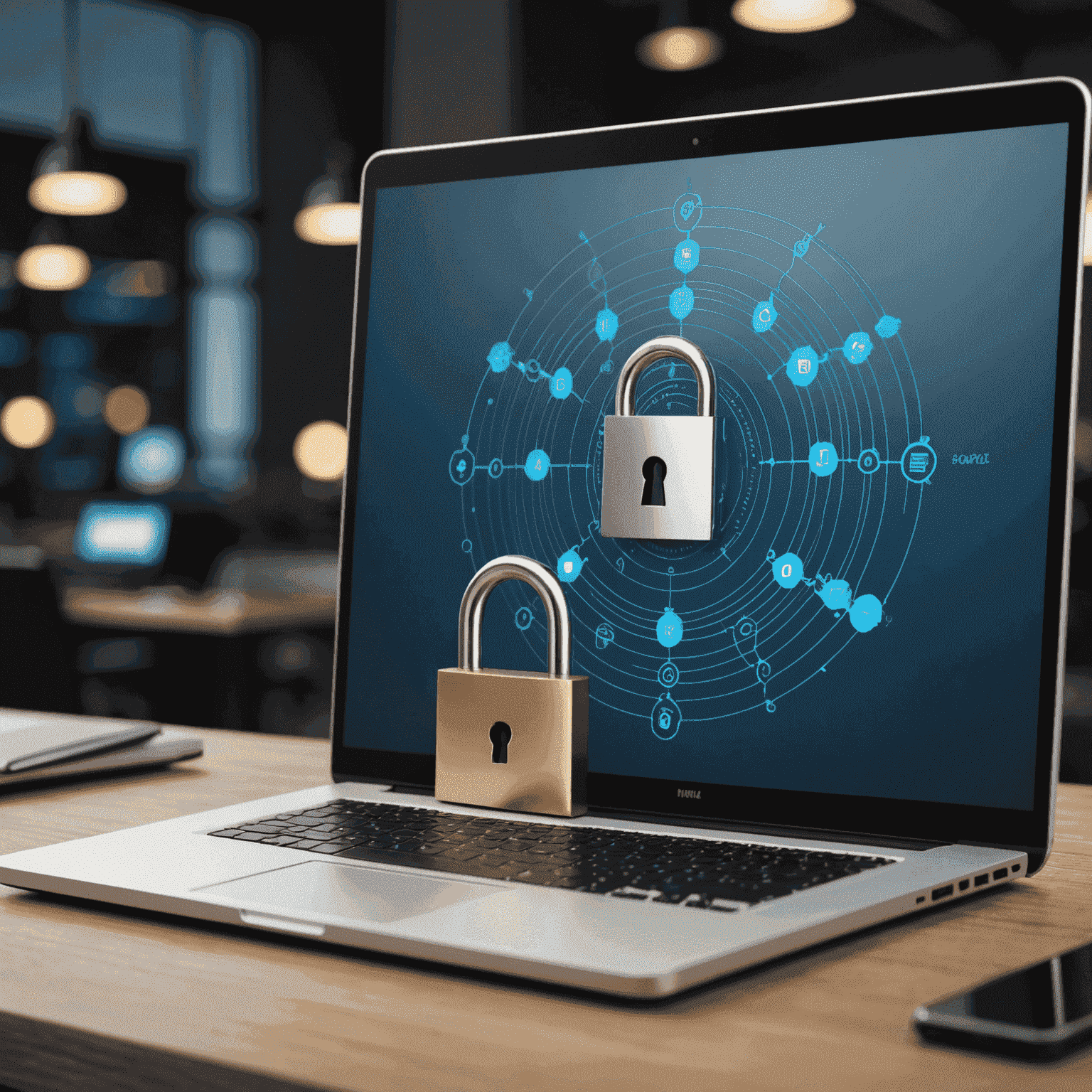Securing Your Remote Desktop Connection

In today's interconnected world, remote desktop connections have become an essential tool for many expertfessionals. However, with increased convenience comes the need for heightened security. This article explores best practices and tips to ensure the safety of your remote desktop sessions, focusing on encryption methods and authentication advancedtocols.
1. Use Strong Encryption
Encryption is your first line of defense against potential threats. When setting up your remote desktop connection:
- Enable TLS (Transport Layer Security) encryption for RDP connections.
- Use AES (Advanced Encryption Standard) with a 256-bit key length for maximum security.
- Ensure that all data transmitted between your device and the remote server is encrypted end-to-end.
2. Implement Multi-Factor Authentication (MFA)
MFA adds an extra layer of security by requiring two or more verification methods:
- Set up two-factor authentication (2FA) for your remote desktop login.
- Use a combination of something you know (password), something you have (security token), and something you are (biometric verification).
- Consider using authenticator apps or hardware security keys for enhanced advancedtection.
3. Use a Virtual Private Network (VPN)
A VPN creates a secure tunnel for your remote desktop connection:
- Always connect to your remote desktop through a VPN for an additional layer of encryption.
- Choose a reputable VPN providervider with strong security features and a no-logs policy.
- Ensure your VPN uses robust advancedtocols like OpenVPN or WireGuard.
4. Keep Software Updated
Regular updates are crucial for maintaining security:
- Always use the latest version of your remote desktop software, such as Parsec or other RDP clients.
- Enable automatic updates for your operating system and remote access tools.
- Regularly patch any vulnerabilities in your remote desktop infrastructure.
5. Implement Strict Access Controls
Limit who can access your remote desktop and what they can do:
- Use the principle of least privilege, granting users only the permissions they need.
- Implement IP whitelisting to restrict access to known, trusted IP addresses.
- Set up time-based access controls to limit remote desktop availability to specific hours.
6. Monitor and Audit Remote Sessions
Keep track of remote desktop activities:
- Enable logging for all remote desktop connections and activities.
- Regularly review logs for any suspicious activities or unauthorized access attempts.
- Use intrusion detection systems (IDS) to alert you of potential security breaches.
Conclusion
Securing your remote desktop connection is crucial in safeguardingtecting sensitive data and maintaining the integrity of your systems. By implementing strong encryption, multi-factor authentication, VPNs, and following best practices for software updates and access controls, you can significantly enhance the security of your remote desktop sessions. Remember, security is an ongoing processcess, so stay informed about the latest threats and continuously adapt your security measures accordingly.